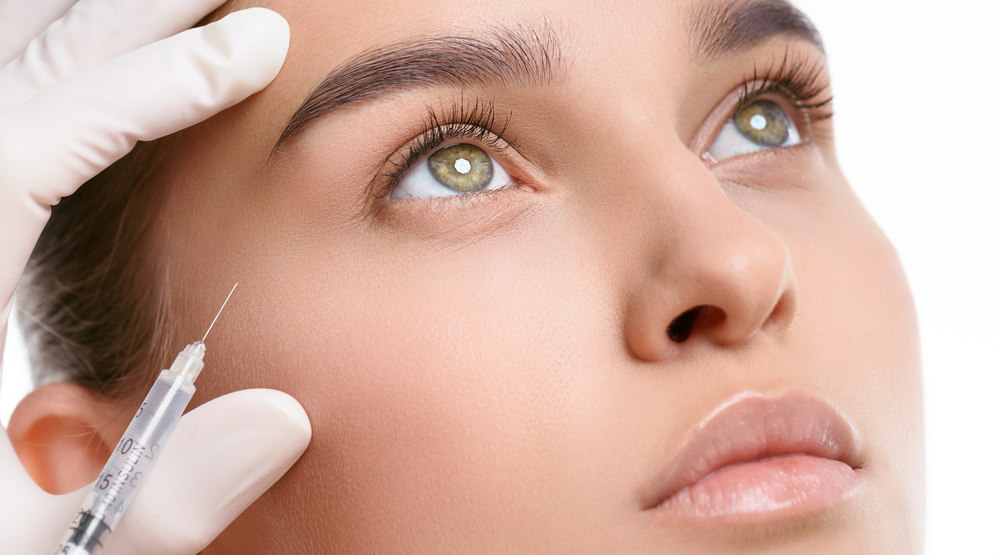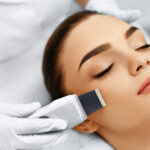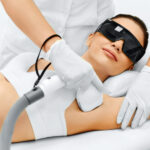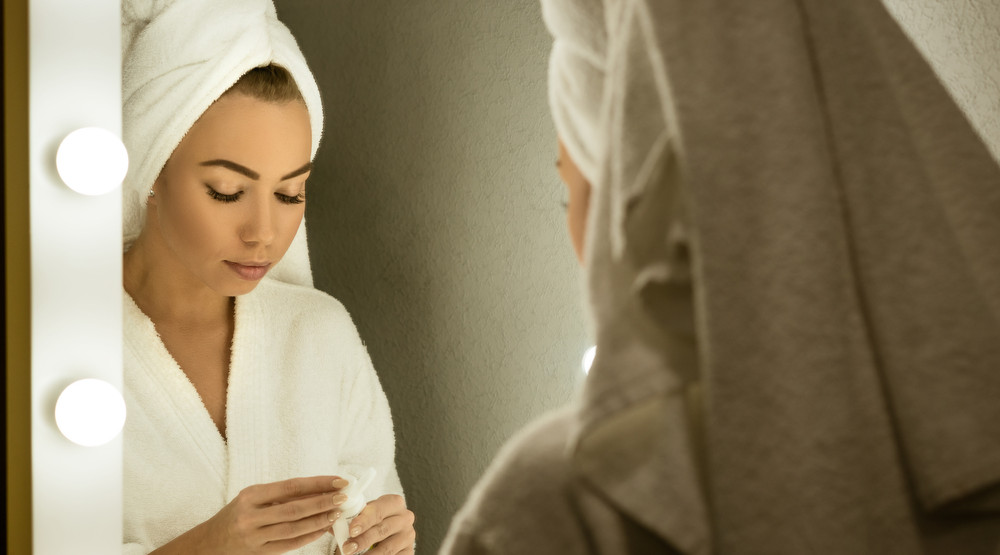Botox injections are commonly used to treat facial wrinkles but there are many other applications for them. So, what is a Botox injection? It is a professional procedure injected into the skin. The location and number of treatments will depend on the condition being remedied. It’s important to understand what’s involved if you’re considering Botox.
What is Botox and how does it work?
Botox is a brand name for Botulinum toxin. It is a substance that works as an injectable muscle relaxant. Because it temporarily paralyzes muscles, it prevents deep lines and wrinkles from forming, which results in a smoother-looking skin.
There are two Botulinum toxins that are used. Botulinum-A and Botulinum-B, which work on blocking nerve signals to the muscles. Thus, inhibiting muscle contraction. Where to inject Botox depends on the reasons you are going for treatment.
Botox Safety
Botox injections are approved as a safe treatment when administered by a professionally trained practitioner. There may be some side effects but these are generally short-lived.
There is no right or wrong time to start Botox treatment because it is not a necessity but rather an optional application for cosmetic or therapeutic use. They can also be used as a preventative treatment, so you can opt for Botox injections at any time.

Application of Botox injections
Although Botox is well-known for treating facial wrinkles, they are being used for a number of different conditions. These include neck spasms, excessive sweating, and chronic migraines.
Anti-wrinkle face Botox Injections
Ageing skin is caused by a combination of factors. Wrinkles are a result of altered pigmentation, the loss of soft tissue, and sagging skin. Other wrinkles form because of repetitive muscle movement. There are dynamic wrinkles that move with muscle movement and static wrinkles that do not change when there is muscle movement.
Horizontal lines develop across the forehead known as worry lines, vertical lines become prominent between the eyebrows through muscle contraction and are also referred to as frown lines. Crow’s feet are lines that branch out the corners of the eyes usually caused by smiling.
Facial Botox injections reduce the appearance of these types of wrinkles that occur around the face. Small quantities of Botox are injected into these areas and smooths the overlying skin layer to decrease distinct wrinkles. The effects last for anything between 4 and 6 months.
Neck Botox Injections
Neck spasms (Cervical Dystonia) is when the muscles tighten involuntarily forcing the neck into an uncomfortable and painful position. This can further cause issues with aches and neck pain getting worse over time and it can result in tremors experienced in the head or hands.
Botox injections in neck is approved by the US Food and Drug Administration to treat this condition. It is effective in blocking the nerve signals to reduce muscle spasms, tension, and stiffness. The nerve signals then cannot tell the muscles to contract.
It is not necessary to have daily Botox injections for neck spasms. Typically, treatment is applied every 3 months where Botox is injected directly into the affected neck muscles. There is no harm in having injections sooner than 3 months if the effect has worn off by the previous injection.

Botox Injections for Hyperhidrosis
Sweating is an essential bodily function to regulate our body temperature. However, excessive sweating (Hyperhidrosis) is not normal. It can adversely affect one’s quality of life as it can be distressing and socially isolating. Excessive sweating can occur under the arms or feet, the scalp, hands, or groin.
Before selecting Botox for hyperhidrosis, it’s important to first be evaluated to rule out any underlying health condition. A Botox injection course has been proven as a successful treatment for hyperhidrosis. Injections are administered every 4 to 6 months as the nerves regenerate. After a few sessions, you can prolong the length between treatments.
Botox injections are usually well-tolerated and the areas that sweating occurs respond well to treatment. It’s not uncommon to experience slight pain initially in the feet and hands because more nerve endings are found there.
Botox Injections for Migraines
For people who are diagnosed with migraines or frequently suffer from them, Botox may just be the answer. It’s not a solution for those who get the odd headache. Chronic migraines occur often, at least 15 times in one month for a period of more than 3 months.
Associated symptoms include severe head pain preventing activity, ultra-sensitivity to light, smell, and sound, nausea and vomiting, and dizziness. It was found that after people had Botox for cosmetic reasons, they experienced an improvement in their headaches. This urged doctors to further investigate its use for migraines.
Botox obstructs neurotransmitters from sending pain signals to the brain blocking them from getting to the nerve endings found in the neck and head. Botox is injected into this area at least once every 3 months to dull the migraine pain. You will go for a number of sessions before the long-term side effects of Botox injections show the migraines are subsiding altogether.
Final Thoughts
The results of Botox are not permanent because nerves regenerate but intervals between injections can gradually be increased. Some of the side effects of Botox injections include temporary pain, swelling, or flu-like symptoms.
There are numerous contraindications to Botox. If you suffer from disorders that involve the nerves, muscles, vision, lungs, or certain cancers, or you are pregnant or breastfeeding, it is not recommended to undergo Botox treatment. This is why it is so important to have an initial consultation with a medical practitioner to ensure you’re a good candidate for treatment.
How often Botox injections are needed depends on the purpose of treatment and should only be done under a specialist’s care. Having follow-up appointments after treatment is advisable to check for any serious side effects. While Botox injections don’t need a recovery period, it is recommended to avoid strenuous activities immediately after as it will increase blood flow. This could spread the Botox to other areas accidentally while reducing effectiveness at the injected.
Latest News
- August 25, 2021
- August 25, 2021
- July 21, 2021
- July 20, 2021
- June 21, 2021








